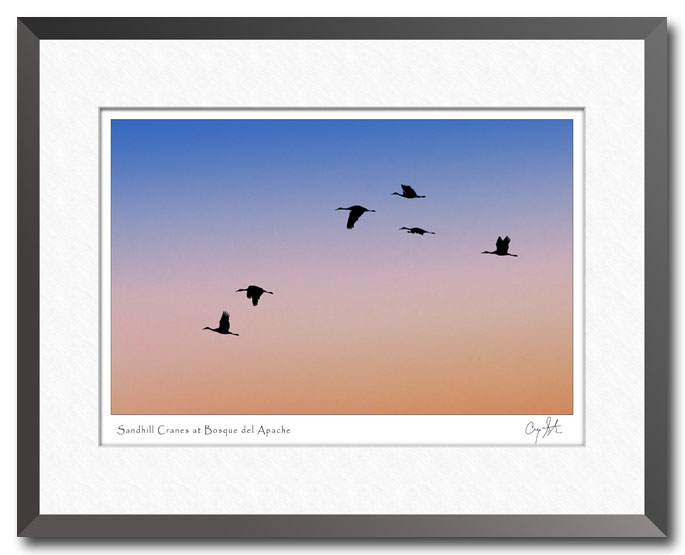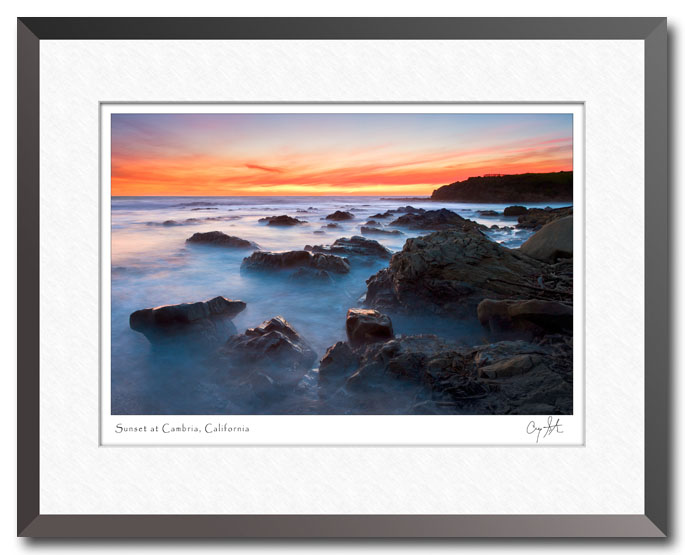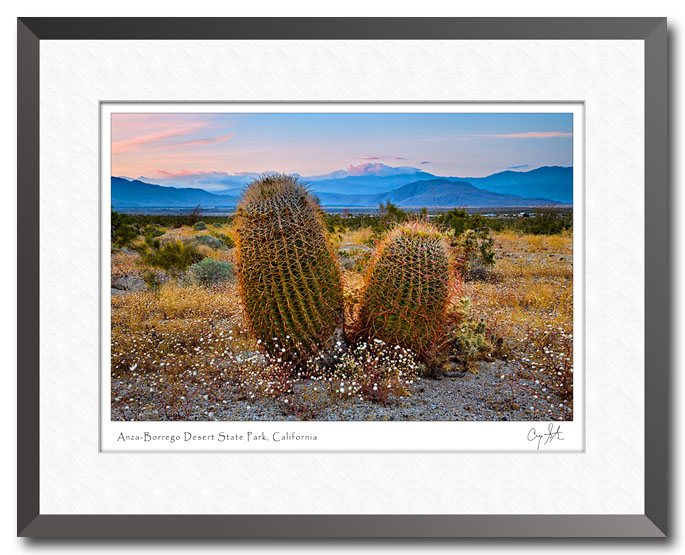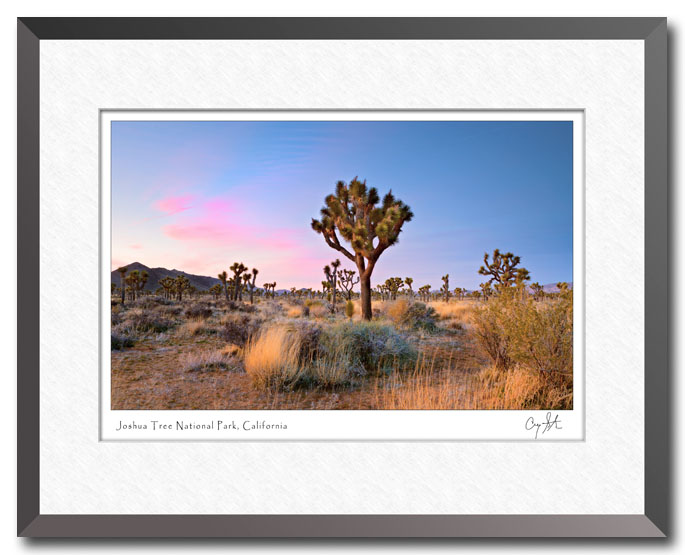I was recently notified that I had been selected as one of two Artists in Residence for 2011 at the Necedah National Wildlife Refuge in Wisconsin. The Artist in Residence program allows artists an opportunity to draw inspiration from the refuge while working in the park’s facilities. I plan to spend two weeks sometime this summer or fall exploring and photographing the refuge and its inhabitants, such as the sandhill cranes.
One of my goals is to display and demonstrate my processes. Even though I work digitally, my goal is a printed photograph. I like printing my photos because I’m creating something physical, an actual thing. I particularly enjoy them once they are mounted, matted and framed. To me, that’s one of the things that turns a photograph into a work of art that can be displayed and enjoyed. During my time at Necedah, I hope to be able to share my entire process starting with the original digital capture and ending with a framed print.

I think we naturally understand the value of an object, especially a rather fragile object like a printed photo. Unlike a digital file, a printed photo is something of substance, something you can touch. You don’t need additional technology to look at it or enjoy it. It is what it is, and all you have to do to enjoy it is look at it. But also, it’s most likely the only one you have, so if you damage it or lose it, it’s gone. Hopefully, you appreciate the time and skill that was required to produce it, and you understand that it can’t be easily replaced.
There’s also a bit of a story behind the image I chose to accompany this post. Last year while en route to California, we stopped for a couple of days at the Bosque del Apache National Wildlife Refuge near Socorro, New Mexico. Bosque del Apache is one of the wintering grounds for – you guessed it – sandhill cranes. The cranes would spend the day grazing in the fields around the refuge and at sunset, they would begin arriving back at the numerous ponds for the evening. Then, the next morning, they would all fly out again to search for food. We spent many hours watching in fascination as they would arrive in flocks for the evening and then depart the next morning.
The photo above is one of my favorites. It was taken just after sunset as this small group of six sandhill cranes was flying in for the evening. I love the way they’re positioned right at the boundary between the orange glow of the sun near the horizon and the blue sky above.
And, who knows, these may be some of the same sandhill cranes that spend the summer in Necedah.





